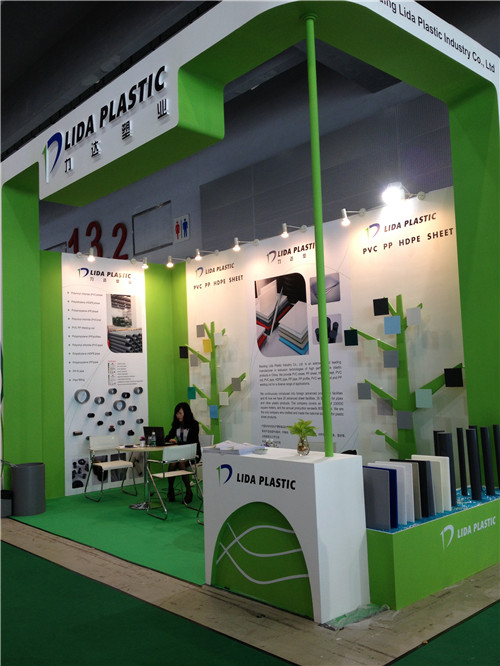Kas . 09, 2024 23:58 Back to list
Exploring Different Types of Pipe Clamp Fittings for Your Plumbing Needs
Understanding Pipe Clamp Fittings An Essential Component in Plumbing and Construction
Pipe clamp fittings are crucial components in the realms of plumbing and construction, providing secure connections and support for various piping systems. These fittings come in various designs, materials, and sizes, adapting to the diverse needs of different applications. Understanding their functionality, types, and advantages can greatly assist professionals and DIY enthusiasts alike in choosing the right fitting for their needs.
What are Pipe Clamp Fittings?
Pipe clamp fittings are devices used to fasten pipes or tubes together. They provide stability and support while preventing the disconnection of the pipeline under pressure or during movement. These fittings are designed to accommodate pipes of numerous materials, including PVC, copper, stainless steel, and galvanized steel, making them highly versatile. Their primary use is to secure and align pipes, reducing stress on joints and enhancing the integrity of the overall piping system.
Types of Pipe Clamp Fittings
There are several types of pipe clamp fittings, each designed for specific applications
1. Single and Double Clamps These are the most common types. Single clamps hold one pipe, while double clamps can secure two pipes, providing increased stability.
2. Adjustable Clamps These clamps allow for flexibility in the positioning of the pipes, which can be particularly useful in applications where the distance between pipes may vary.
3. Hanger Clamps Designed for vertical applications, hanger clamps support pipes from above, suitable for overhead piping systems in commercial and industrial settings.
4. Rubber Lined Clamps Featuring a layer of rubber, these clamps are often used to absorb vibrations, ensuring that the pipes remain undamaged during operation.
5. Pipe Joint Clamps Used to connect two pipes, these clamps ensure a tight fit to prevent leaks at the joint.
Advantages of Using Pipe Clamp Fittings
pipe clamp fittings

The use of pipe clamp fittings offers numerous benefits
1. Ease of Installation Most pipe clamps can be installed quickly and easily with minimal tools, reducing labor time and costs.
2. Versatility They can be used with a variety of pipe materials and sizes, making them suitable for many different applications, from residential plumbing to large industrial systems.
3. Flexibility Adjustable clamps provide flexibility in positioning, allowing for easy modifications during installations and repairs.
4. Enhancing Stability By securing pipes in place, clamp fittings reduce the risk of movement that can lead to wear, tear, and leaks.
5. Cost-Effective Compared to other connecting methods, pipe clamp fittings are often more affordable, making them a budget-friendly option for both small and large projects.
Application Areas
Pipe clamp fittings are utilized across a wide range of industries, including
- Residential Plumbing For connecting water supply lines and drainage systems. - HVAC (Heating, Ventilation, and Air Conditioning) To secure ductwork and refrigerant pipes. - Construction In structural applications, such as supporting vertical pipes in buildings. - Industrial Manufacturing To manage complex piping systems in factories or processing plants.
Conclusion
In summary, pipe clamp fittings are fundamental components that enhance the efficiency and reliability of piping systems. Their variety in design, ease of use, and adaptability to different materials make them indispensable in plumbing and construction. Whether for professional or personal use, understanding the types and benefits of pipe clamp fittings can lead to better decision-making and successful project outcomes. By selecting the right clamp fittings, users can ensure the longevity and functionality of their piping systems.
-
Durable PP Rigid Sheet: Lightweight, Chemical Resistant Solutions
NewsAug.21,2025
-
PVC Grey Sheet for Extraction: Chemical Resistant & Durable
NewsAug.19,2025
-
Durable PVC Pipe Fittings for Plumbing & Irrigation Needs
NewsAug.18,2025
-
HDPE Steel Belt Reinforced Spiral Corrugated Pipe | High Strength
NewsAug.17,2025
-
HDPE Pipe Fittings: Durable, Leak-Proof Solutions
NewsAug.16,2025
-
Premium CPVC Sheet: High-Temp & Chemical Resistant Solutions
NewsAug.15,2025

